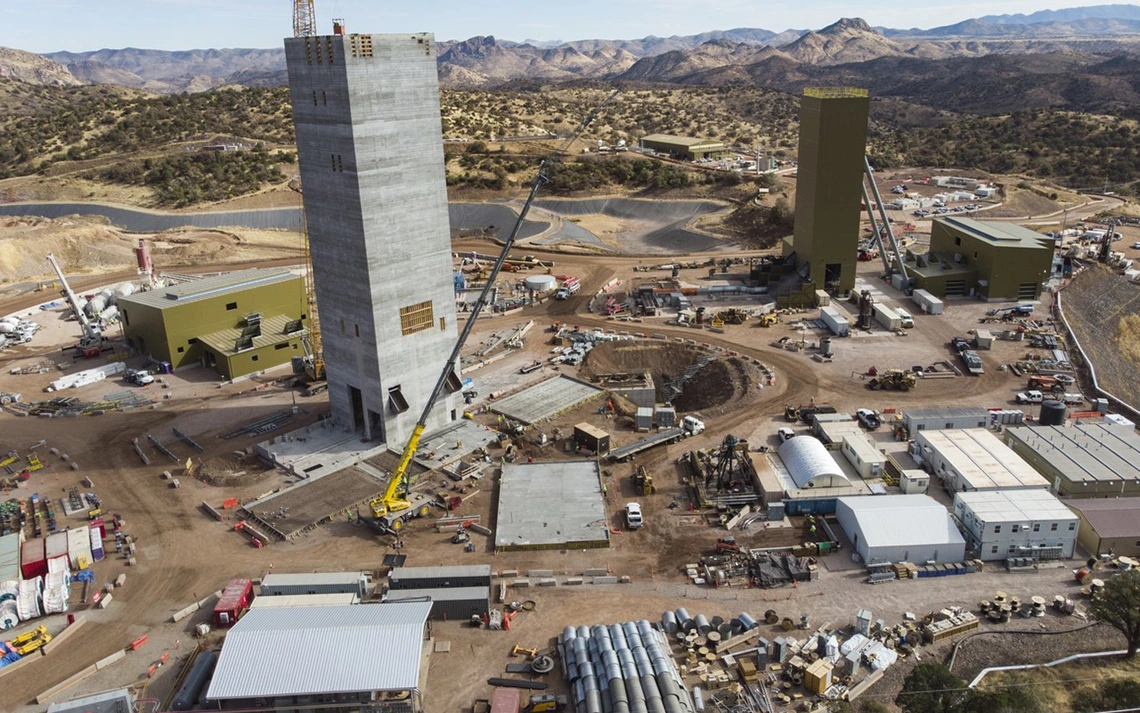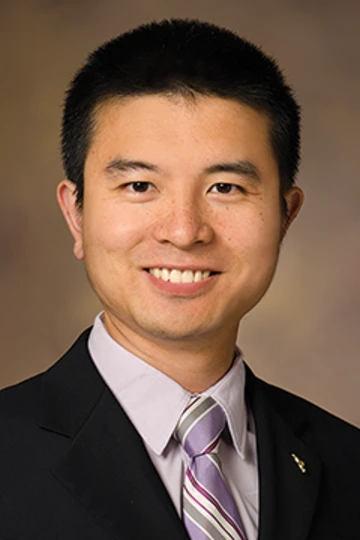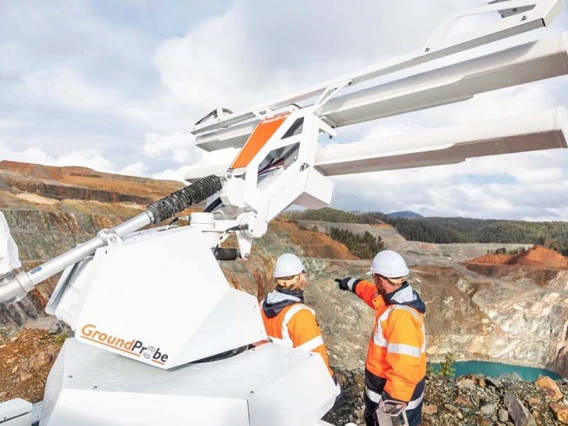University of Arizona study unites mine and local community for improvements
Researchers from the Colleges of Engineering, Architecture, Planning and Landscape Architecture, and the Eller College of Management have joined forces to identify infrastructure gaps in Santa Cruz County.

South32's Hermosa mine is 64 miles southeast of Tucson.
South32, Hermosa Mine
In Southern Arizona, a critically important mine began work with the surrounding community to shore up infrastructure, create job opportunities and protect public health – with guidance from the University of Arizona.
Backed by $300,000 from the South32 mining company, an interdisciplinary team of U of A researchers is conducting a resource analysis for Santa Cruz County. The county is home to the Hermosa mine project and the town of Patagonia.
Patagonia, located 60 miles south of Tucson, is a small historic mining community with rolling hills and short grass prairies that offer wide-ranging biological diversity.
To preserve this diversity and bolster community growth, South 32 engaged with U of A researchers across several academic disciplines to identify areas in Santa Cruz County, like Patagonia, that needed support, such as emergency services, housing or public works.
"This is part of the evolution in next generation mining, increasing our social responsibility and recognizing we're citizens of the community," said Pat Risner, Hermosa president.
Digging into the future: U of A’s mining leadership
Misael Cabrera, director and David and Edith Lowell Chair of the School of Mining and Mineral Resources, brought the U of A team together. He said this type of request from a mining company is rare.
"Partnering with the community from the get-go in this fashion will have huge payoffs in the future," he said. "We hope that it becomes the standard."
Collaboration was exactly what South32 was looking for when it approached Cabrera – and the university was ready to deliver.
Risner said the company’s projects are not typically located near a world-class mining school, calling it a “real blessing.”
"This asset study is an outstanding example of the novel approach the School of Mining and Mineral Resources takes to our collaboration with industry,” said Kray Luxbacher, head and Gregory H. and Lisa S. Boyce Leadership Chair of Mining and Geological Engineering in the College of Engineering.
“We bring multi-disciplinary solutions, and we aim to marry technical work with community impacts for a holistic approach.”
Building local support while meeting national needs
In 2024, Hermosa mine was deemed the only United States mining project capable of extracting zinc and manganese, two federally designated critical minerals. Zinc is essential to manufacturing, renewable energy technologies, and infrastructure, while manganese is used to build electric vehicle batteries and strengthen steel.
The mine is not only positioned to benefit the country, but also its close neighbors. Risner said South32 has committed $1 million to addressing needs identified in the U of A’s holistic study of the county’s resources.
Civil engineering experts are assessing the resilience of transportation infrastructure, such as roads.
Yao-Jan Wu, Arizona Transportation Institute executive director and U of A professor of civil and architectural engineering and mechanics, said the mine will increase transportation demands in two ways.
“Daily commuter trips for construction, operations staff and heavy haul runs for ore and supplies,” he said, adding that the civil engineering team will identify if the area can support the demand.
Ali Shamshiripour, associate professor of CAEM and assistant director for the Center for Applied Transportation Sciences, was chosen to lead the five-person team.

Ming Lee, professor and University Distinguished Scholar in Electrical and Computer Engineering, is conducting a broadband and internet connectivity assessment for the project.
“We are excited to participate in this cross-disciplinary effort,” he said. “It is well in line with our keen enthusiasm and multifaceted expertise to improve the efficiency, reliability, and serviceability of the transportation landscape for people.”
Meanwhile, researchers from the Eller College of Management are analyzing local economic data, including job creation and workforce trends. The College of Architecture, Planning and Landscape Architecture is studying several areas, including community services and local government systems.
"They [South32] want this to be a model for modern mining," said Bo Yang, CAPLA’s associate dean of research.
Yang – one of the seven CAPLA researchers and principal investigator on the project – said data from this study will be the foundation of a Community Protection and Benefit Agreement (CPBA) between Santa Cruz County, the city of Nogales, the town of Patagonia and South 32.
CPBAs are informal contracts that foster trust and collaboration between mining companies and local communities, setting clear goals and expectations to ensure both sides benefit from the partnership.
"The municipalities want to have no loss of biodiversity, and they want Hermosa to reduce their water usage by 75% compared to conventional mining," Yang continued. "They also want to go to 100% renewable energy."
CAPLA faculty member and project manager Sandra Bernal said the researchers will create a gap analysis and an ideal growth plan of what the community could look like with the company's financial commitment. The combined data from all three colleges will become the source material for the community and company to use in negotiations.
"Our role is to remain unbiased, always thinking of the benefits of the community of Southern Arizona," Bernal said.
Promise in action
Ahead of the study's mid-term report, South32 has already begun the approval process for an electrical line to use renewable energy at Hermosa. The application for a federal permit is expected to be decided in 2026. Cabrera was impressed by the proactive efforts.
"South 32 is going well beyond in terms of community engagement and environmental protection."



